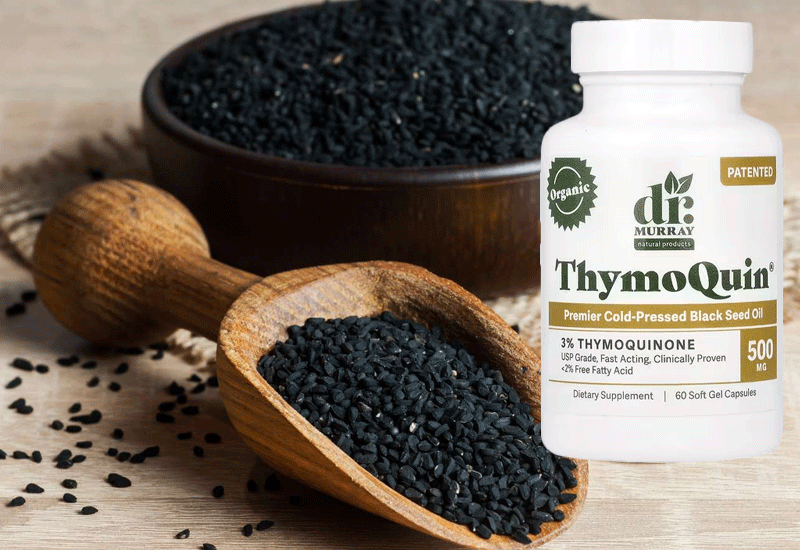Be Positive and “Awe-Inspired”
Introduction:
The field of positive psychology is providing valuable insights on exactly how our emotions influence our lives and our physiology. One area of body function that is very closely tied to our emotional experiences is the functioning of our immune system. Our emotional state not only influences how well we are protected from infection, but also the degree of inflammation that we may suffer from. Interestingly, the most powerful emotion in fighting inflammation is the feeling of awe.
While there have been a lot of studies on the impact of emotions on physical health, in general, these emotions are most often all lumped together. Negative emotions like grief, sadness, shame, fear, and anger are all viewed as having pretty much the same effects. The same is true for all positive emotions grouped into the general category of optimism or positive mood. What needs to be answered is if all positive emotions are created equal, or is there a way to boost certain body functions by focusing on experiencing more of a particular positive emotion.

Ground-breaking Research
In an effort to better understand the different effects of various positive emotions, researchers conducted two studies at the University of California-Berkeley back in 2015. The first study featured 94 freshman undergraduates who completed a questionnaire and provided a sample of the fluid from their inner cheek (oral mucosal transudate [OMT]). In the second study, 119 freshmen completed a questionnaire on their home computers using a secure website and then went to the lab for a follow up session where OMT was collected and another questionnaire was given.1
In both studies, interleukin-6 (IL-6) was measured from OMT samples. IL-6 is an important marker for inflammation that is influenced by the immune system. Higher IL-6 levels are associated with greater inflammation. In the first study, a questionnaire known as the Positive and Negative Affect Schedule (PANAS) was used to determine emotional status. In the second study, two additional questionnaires were used, the Dispositional Positive Emotion Scale (DPES) and The Big Five Personality Inventory were added as outcomes measures in addition to PANAS.
Results from both studies, showed that positive emotions were associated with lower IL-6. In the second study, researchers were able to dig deeper into the type of positive emotion that had the most significant impact on IL-6 levels by examining the seven subscales of the DPES (awe, amusement, compassion, contentment, joy, love, and pride). Surprisingly, they found that awe had the strongest correlation to lower levels of IL-6 compared to any of the other emotions. In fact, only the degree of awe was able to significantly predict levels of IL-6. On the day the OMT was taken in the second study, the participants who reported feeling the most awe, wonder and amazement, that day had the lowest levels of IL-6. Joy, contentment, pride and awe were all strongly correlated with lower levels of IL-6; however, awe was the strongest predictor of low IL-6 levels.
Two additional studies provide some new aspects to consider. One study found that negative mood, even if it was momentary, was associated with a strong trend of increased inflammatory compounds circulating in the blood.2 This may indicate that both negative and positive emotions produce immediate effects on either reducing or promoting inflammation.
The other study utilized salivary markers of inflammation in young adults.3 In this study, measures of negative and positive moo were created from aggregated daily measures of affect (morning and evening ratings averaged across 14 days). Higher positive mood was associated with lower salivary levels of C-reactive protein (CRP), a key marker of systemic inflammation. Interestingly, negative mood was not associated with any significant effect on CRP. This difference seems to imply that positive emotions produce a stronger effect on lowering inflammation that negative emotions produce on raising inflammation, at least in young adults. Using saliva may pave the way for a lot more studies using this easier to obtain sample to analyze compared to blood.

Commentary
Awe is often linked to feelings of social connectedness and social exploration. So from a practical perspective, the first step is to become more socially engaged. This goal is especially important if you are older of dealing with depression, because these situations often lead to social isolation. Here are some recommendations to become more socially engaged:
• Encourage positive relationships. A person is never too old to learn how to be a better friend, parent, mentor, or better listener. Personal development is a never-ending process.
• Get connected online. Using email, the Internet, and Web-based social networks such as Facebook or Twitter can make a big difference in helping people feel more connected.
• Join a club or church. In today’s world, there are always opportunities to find places to socialize that are positive and healthful.
• Volunteer. There is perhaps no greater opportunity to feel connected than by finding a way to volunteer time and energy towards a greater good. It is perhaps the most powerful way of connecting to people outside of our deepest personal relationships.
The health benefits of increased socialization are significant. Many of these benefits may be related to fighting inflammation and studies indicate that people who feel connected and have strong social relationships have lower levels of inflammatory markers in their blood.
Next, I would ask the question “What inspires you and causes you to feel awe?” What research shows is that something as simple as listening to music, walking in nature, or being creative, can have a positive impact on health. These effects may be related to feelings of awe.
For me, the things that really make me say “wow” are research studies like this one above. I am constantly reading studies that create an awe-inspired appreciation of the wonder of nature or the way in which our body and mind function. Of course, just looking around at nature or the stars is pretty awe inspiring to me. My message to you is to find a something that you can enjoy on a daily basis that makes you feel awe. It is important!


References:
1. Stellar JE, John-Henderson N, Anderson CL, et al. Positive affect and markers of inflammation: Discrete positive emotions predict lower levels of inflammatory cytokines. Emotion. 2015;15(2):129-133.
2. Graham-Engeland JE, Sin NL, Smyth JM, et al. Negative and positive affect as predictors of inflammation: Timing matters. Brain Behav Immun. 2018 Nov;74:222-230.
3. Slavish DC, Jones DR, Smyth JM, et al. Positive and Negative Affect and Salivary Markers of Inflammation Among Young Adults. Int J Behav Med. 2020 Jun;27(3):282-293.

The Importance of Oral Health Care
Did you know oral health care is an important strategy to help prevent the development of Alzheimer’s disease, colon cancer, heart disease, and many other chronic diseases? The primary reason why poor oral health seeds disease in other body parts is that certain...

ThymoQuin®: The Premier Black Seed Oil
THYMOQUIN INTRODUCTION One of the most revered traditional herbal remedies is the oil from black seed or cumin (Nigella sativum). In fact, black seed is mentioned more frequently than any other plant in the Bible. Native to the Middle East, India, North Africa,...
Signup for my newsletter and start living in better health!
Subscribe to my Weekly NewsletterSignup and receive a free copy of any one of my books belowFor the past thirty-five years, I have been compiling a massive database of original scientific studies from the medical literature which provide strong evidence on the...
